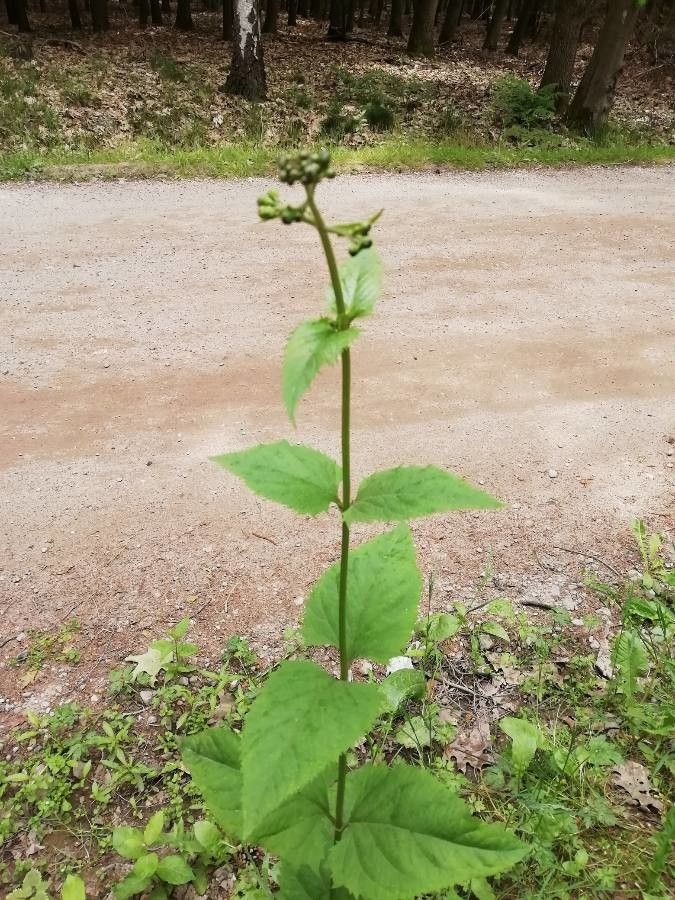### Mock Orange: A Fragrant Delight for Your Garden
The Mock Orange ( *Philadelphus* spp.), despite its name, isn't related to the citrus family (Rutaceae) as some sources may mistakenly indicate. It actually belongs to the Hydrangeaceae family. Its captivating, intensely fragrant white blooms have earned it a cherished place in gardens worldwide. This deciduous shrub, prized for its stunning display of blossoms, adds a touch of elegance and a heady perfume to any landscape.
### Identifying Mock Orange
Mock Orange shrubs are relatively easy to identify. They typically grow to heights of 6 to 12 feet, with some varieties reaching even taller. The leaves are opposite, oval-shaped, and serrated, usually 2 to 4 inches long. The star of the show, however, is the abundant clusters of white, often four-petalled flowers that burst forth in late spring or early summer. These flowers emit a powerful, sweet fragrance, reminiscent of oranges (hence the name), though slightly more complex in their aroma profile.
### Habitat and Growth
Mock Orange thrives in a variety of conditions, making it a versatile addition to many gardens. It prefers full sun to partial shade, although it can tolerate some shade, especially in hotter climates. Well-drained soil is crucial; soggy soil can lead to root rot. While it can adapt to various soil types, it generally prefers slightly acidic to neutral pH levels. It's relatively low-maintenance once established, requiring minimal pruning apart from occasional shaping or removal of dead branches.
### Planting Your Mock Orange
When planting a Mock Orange, choose a location that receives at least six hours of sunlight per day. Dig a hole twice as wide as the root ball and plant at the same depth it was growing in its container. Gently backfill with soil, ensuring good contact between the roots and the soil. Water thoroughly after planting.
### Mock Orange Care and Maintenance
Regular watering is essential, particularly during the first year after planting. Once established, Mock Orange is relatively drought-tolerant, but consistent moisture will encourage lush growth and abundant flowering. Fertilizing is generally not necessary unless the plant shows signs of nutrient deficiency. Light pruning after flowering can help maintain the shape and encourage more blooms the following year. Deadheading (removing spent flowers) isn’t strictly necessary, but can improve the plant's appearance.
### Pests and Diseases
Mock Orange is relatively resistant to pests and diseases. However, it can occasionally be affected by aphids, powdery mildew, or leaf spot. Proper watering and good air circulation can help prevent these problems. If an infestation occurs, address it with appropriate insecticidal soap or fungicide.
### Choosing the Right Mock Orange Variety
Numerous Mock Orange cultivars are available, each with its unique characteristics in terms of size, flower form, and fragrance intensity. Research different varieties to find one that best suits your garden's space and aesthetic preferences. Consider factors like mature size, flowering period, and fragrance intensity when making your selection.
### Conclusion
The captivating fragrance and relatively low-maintenance nature of Mock Orange make it an excellent choice for any garden. With proper planting and care, you can enjoy this beautiful and fragrant shrub for years to come.
Mock Orange: Planting, Care & Guide

Frequently Asked Questions
How to care for a Mock Orange shrub?
Provide consistent moisture, especially during the first year. Light pruning after flowering helps maintain shape. Fertilizing is usually unnecessary. Protect from extreme weather conditions.
What type of soil does Mock Orange need?
Mock Orange prefers well-drained soil with a slightly acidic to neutral pH. Avoid soggy or poorly draining conditions which can lead to root rot.


